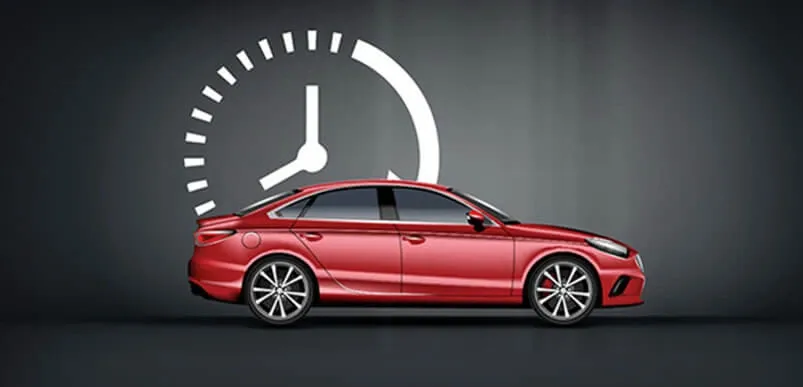Learn how to calculate the mileage of your car. Discover simple methods to measure fuel efficiency and improve your vehicle's performance.
How to calculate fuel efficiency to improve mileage Of your car?
Understanding how your car operates and performs is an essential part of owning a four-wheeler. It helps you know what to expect, how to manage, and maintain your vehicle for optimal performance. One crucial aspect to focus on is fuel efficiency. If you're unsure how to calculate your car’s mileage, this page will guide you through the process.
How to calculate the mileage of a car?
Oftentimes, you come across situations where you have to judge whether your car can make it to the next fuel station before running out. This is why, having a clear understanding of its fuel efficiency is essential, and the following are the steps showing how to calculate mileage;
Fuel up
The first and foremost thing to do to calculate the mileage of your car is to completely fill up its fuel tank. This step is essential as it will help give you a much more accurate reading. Also, keep a note of the amount of fuel that was added in litres.
Take a note of the odometer reading
Once you are done filling up the fuel tank, take a thorough reading of the odometer number. The current odometer number is also crucial as it will come in handy during the calculation of the car’s mileage.
Drive as usual
The next step on the list is to drive the car as usual. It means you should drive on the roads, go to destinations, and maintain the same driving habits, such as average speed, etc., that you normally do on your rides. Maintaining the same driving style is important to get a more accurate and realistic outcome.
Refuel
After your car runs out of fuel, take a new reading of the odometer and fill the tank completely. Once again, note the amount of fuel added in litres.
Calculate the mileage
Now comes the most crucial part, calculating your car’s mileage. To calculate it, take the initial odometer reading and subtract it from the second odometer reading. This will reveal the total distance travelled on a full tank. After that, take the total distance travelled and divide it by the amount of fuel filled in the second refuelling. The result of doing this will reveal the mileage of your car. For instance, if you've covered 60 kilometres since your last refuelling and used 7 litres of fuel, then your car's mileage would be 8.58 kilometres per litre (kmpl).
Note down and repeat
However, the main answer to the question, “How to calculate the mileage of a car?” lies in this step, which is keeping track of the numbers and repeating the process. By doing this multiple times, you can figure out an average value, which would be more accurate in terms of your car’s mileage.
Conclusion
By knowing how to calculate mileage and figuring out your car’s range, you can make better judgements such as when to refuel, how to increase fuel efficiency, what potential routes to take that won’t cause you fuel troubles, etc. Additionally, when managing your car’s performance and longevity, it’s important to also consider your car insurance coverage. A comprehensive policy can protect you against potential damages or accidents that may affect your car’s efficiency or overall value. For best results, consider driving conditions during calculations, such as traffic, weather, road conditions, etc., and ensure that your insurance covers any scenarios that could arise during your travels.

Get Quick Quote


